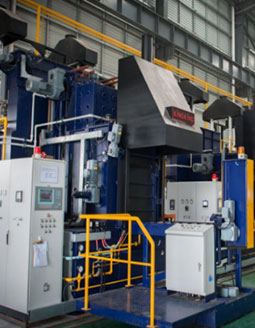A worn-out CV joint can cause damage to your car's oil pan, transmission case, suspension parts, and exhaust system. It can also cause your tires to wear out, which will result in additional costs. Read on to learn more about the causes of and symptoms of this problem, as well as the costs and alternatives to replacing your CV joint.
Repair or replace
If you have a front-wheel drive vehicle, you know that the outer CV joint and steering knuckle can be susceptible to wear. This can cause clicking or popping noises when you turn. In some cases, you may experience more than one of these sounds.
In order to avoid this, you need to inspect the splines of the axle to check for wear. It is also a good idea to perform a test drive to see if any unusual vibrations are present.
One of the most common causes of premature CV joint failure is a leaking boot. Leaking boots can allow dirt and water into the lubricant. The worst thing about a leaking boot is that it can allow grease to leak out, which can cause the joint to fail.
Another potential problem is the lack of a proper lubricant. A small pinhole can let a drop of grease escape, causing the joint to fail.

Symptoms of a worn-out CV joint
If your car is making weird noises or accelerating in a circle, you may have an inner CV joint that is failing. It's important to know what to look for, because this condition can lead to serious problems if it's not addressed in a timely fashion.
The best way to determine the health of your inner CV joint is to have your mechanic examine it. However, you can check for signs of failure yourself by following a few simple tips.
First, you'll need to be aware of the fact that CV joints are under a lot of stress when your vehicle is in motion. This is particularly true during a rapid acceleration. You should listen for the clunking sounds that your wheels make, but you should also pay attention to the clicks and pops your wheels make when turning.
When you first notice that your wheels are clicking and popping, you should stop and take a look under the hood. Check for a leaking CV boot, a bad inner or outer CV joint, or a loose axle joint.
Damage to the oil pan, transmission case, suspension parts, and exhaust system
Inner CV joint damage can affect the oil pan, transmission case, suspension parts, and exhaust system. This can cause lateral shaking during acceleration or clunking noises. The only cure is to replace the joint.
A CV joint is a ball-and-cage system that transmits power to the wheels at a constant rotational speed. It is usually lubricated. Damage to the joint can be caused by moisture, dirt, or debris in the joint.
Damage can also occur due to misaligned mounts or axles. Misaligned mounts can alter the geometry of the joints, which causes the axle to bottom out. Mechanics look for cracks and tears in the boots, as well as loose clamps.
In addition, worn-out bearings can cause problems with the brakes and suspension components. An extreme amount of wear will lead to issues with the wheels and tires.
The most common damage is the CV boot. These boots are used to prevent water and dirt from getting into the joint. If a boot leaks, it will allow dirt and moisture to enter the CV joint, which can cause the joint to fail.
Cost of a CV joint replacement
Having a CV joint replacement can be very costly. This is especially true if you have an expensive car. You can expect to pay around double for the parts and labor required for the repairs.
The cost of a CV joint replacement varies depending on the type of parts and labor needed to replace it. For example, a double axle joint replacement can be twice as expensive as a single axle replacement. Whether you want to get the job done by a mechanic or a dealer, you should compare prices.
CV joints are essential to the functionality of your vehicle. They transfer power from the differential to the wheels at sharp angles. However, over time, they can start to wear and fail. When they do, the vehicle will not be able to move as smoothly or safely as it should.
One of the biggest reasons that these parts are worn out is because of debris that gets into the joint. Getting rid of this debris can help reduce the overall cost of the repair. It can also save you from the repercussions of driving with a bad joint.
